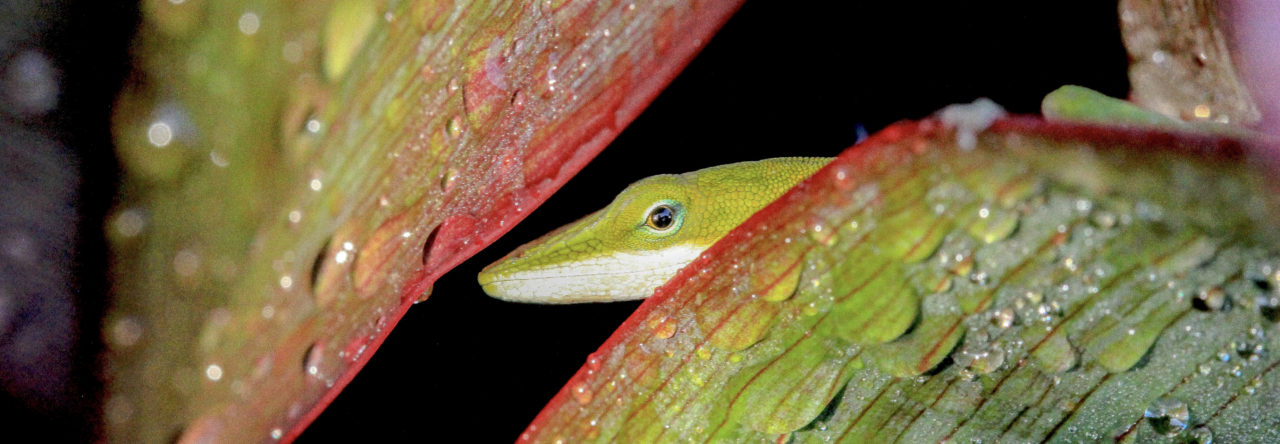
Uta stansburiana mating. Image from http://cabezaprieta.org/
The side-blotched lizard, Uta stansburiana, is one of the most widely-studied lizard species, thanks largely to work by Barry Sinervo and colleagues on the evolution of alternative mating strategies (a.k.a. the rock-paper-scissors game in lizards). The most recent report on the evolution of this interesting species investigates reproductive isolation between two populations of Uta that diverged within the last 22,500 years. One of these populations is found on lava flows and the others if found off the lava flows. This report by Corl et al. (2012) is noteworthy because recent work on a range of other organisms suggests that some “rules” for the evolution of reproductive isolation are shared across the tree of life. Do these rules also apply to lizards?
To my knowledge, patterns of reproductive isolation have only been investigated experimentally in one other genus of lizards: Lacerta (Rykena 1991, 1996; Olsson et al. 2004). This work with Lacerta suggest substantial intrinsic reproductive isolation between species resulting from low fertility and high rates of developmental defects in hybrid crosses. Studies of Lacerta also support Haldane’s Rule because females hybrids (ZW) suffer more fitness consequences than male hybrids (ZZ).
By conducting experimental hybridization studies between these two populations of Uta, Corl et al. (2012) were able to show that significant reproductive isolation has evolved between populations, largely in the form of pre-zygotic post-mating isolation; inter-population crosses produce significantly more unfertilized than fertilized eggs relative to intra-population crosses. Corl et al.’s results are also consistent with at least one general rule for the evolution of reproductive isolation that has been reported in other organisms; asymmetric reproductive of isolation between the two Uta populations is consistent with Darwin’s Corollary to Haldane’s Rule.
How does all this relate to anoles? My lab is interested in this work because we’re in the midst of a major project designed to answer questions about intrinsic reproductive isolation in Anolis. Anthony Geneva reported on some preliminary results of this work earlier this year and we hope to have more to report sometime in the near future.
Rykena, S. 1991. Hybridization experiments as tests for species boundaries in the genus Lacerta sensu stricto. Mitteilungen aus dem Zoologischen Museum Berlin 67:55–68.
Rykena, S. 1996. Experimental interspecific hybridization in the genus Lacerta. Israel Journal of Zoology 42:171–184.









